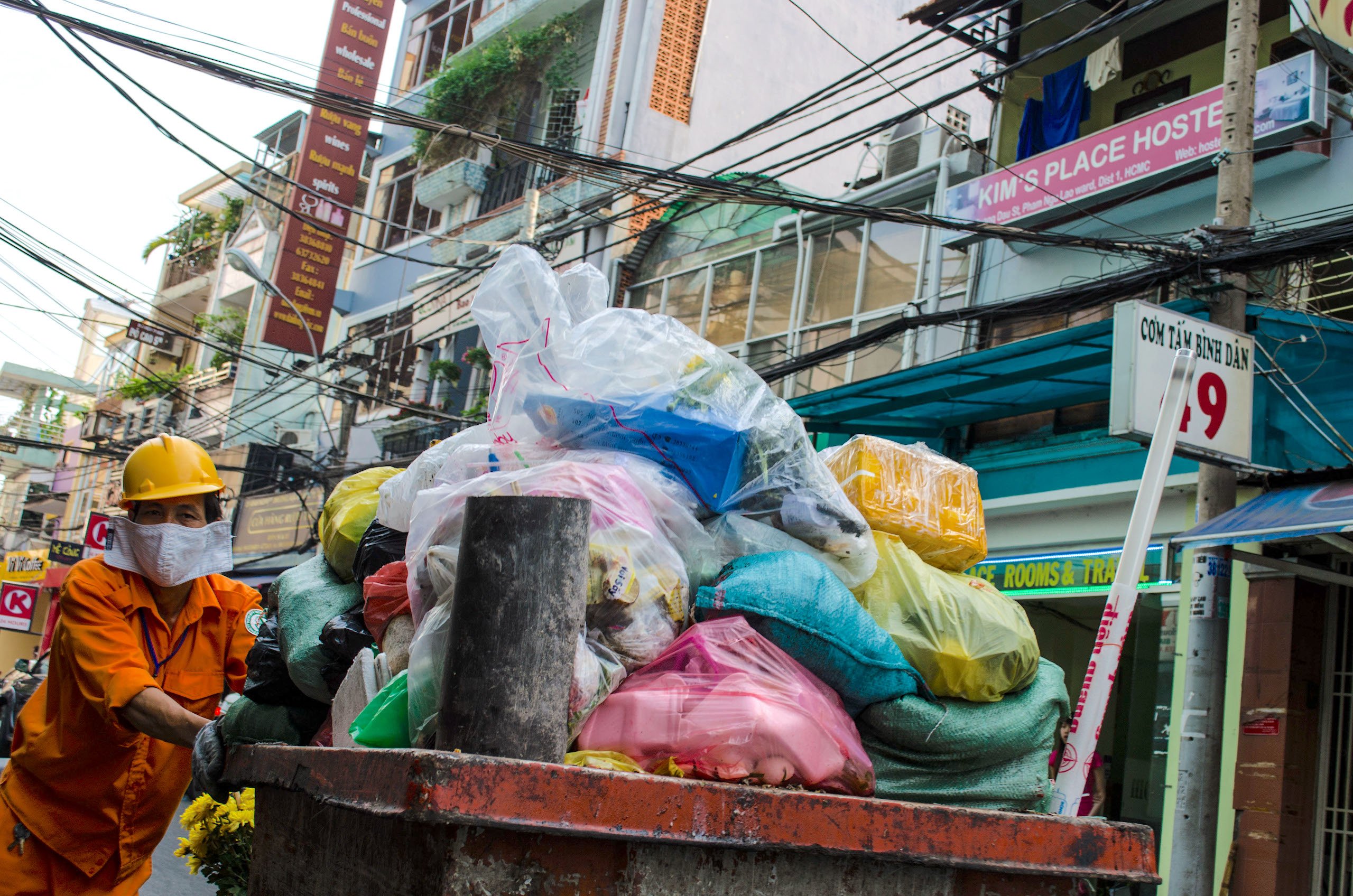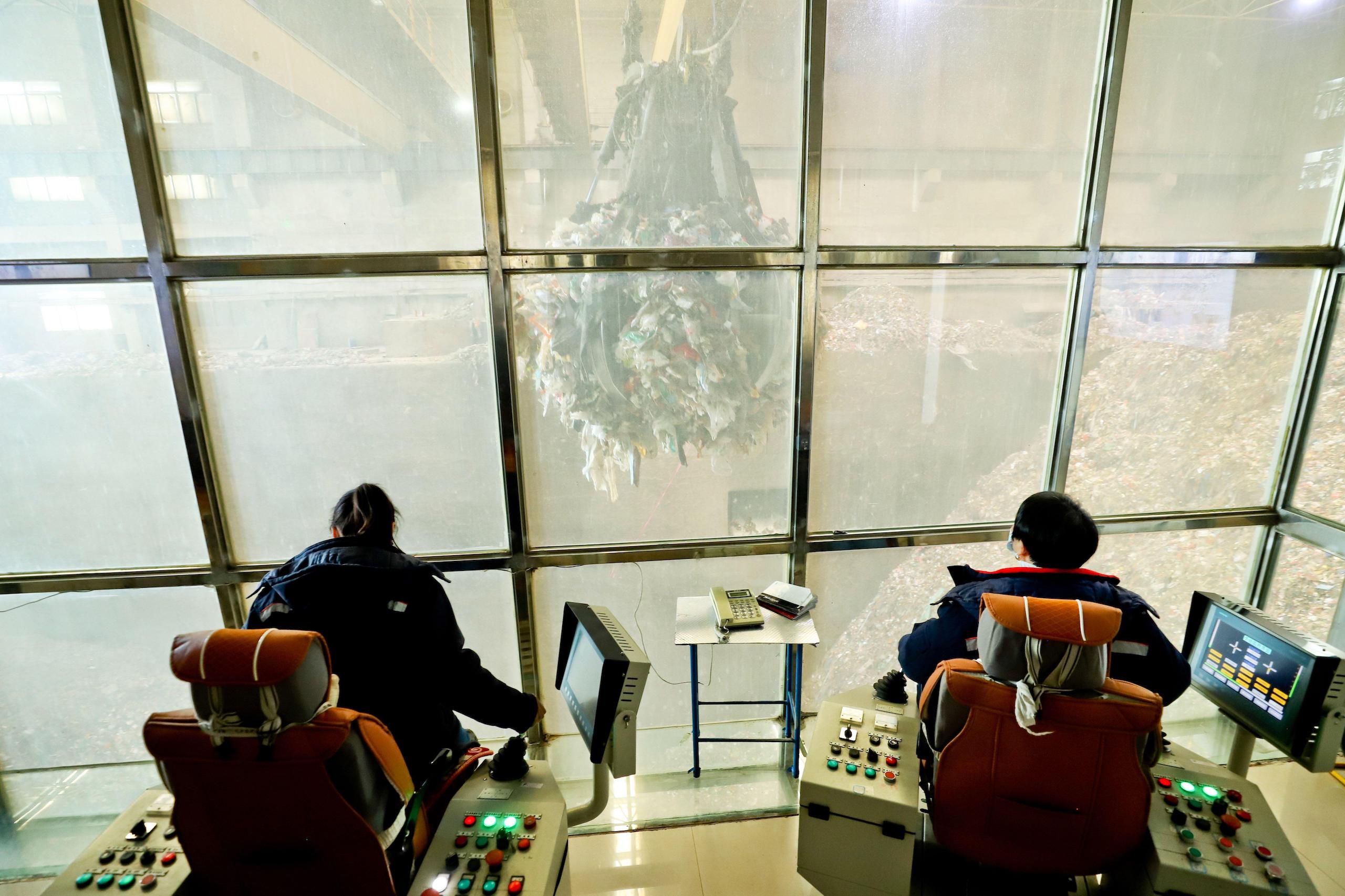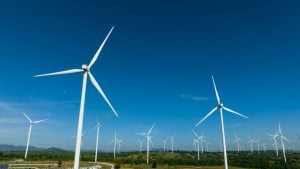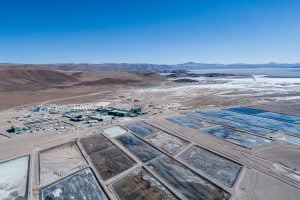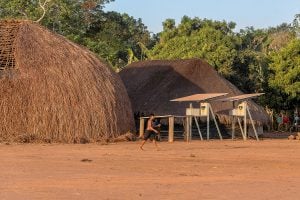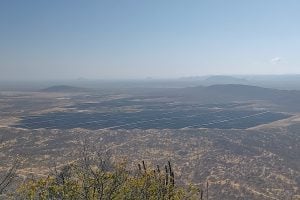Lam Van Quyet lives three kilometres from the Tay Bac waste facility in Ho Chi Minh City, but he knows exactly what time the garbage trucks arrive there.
“By 3pm, the horrible stench hits us,” he says. The towering 20-metre-high waste pile receives over 3,000 tonnes of rubbish daily – almost one-third of the city’s total. Closing the doors of their home in Cu Chi district often isn’t enough for Quyet and his family, and they eat with the rotting smell lingering until 8pm.
They are among hundreds of households suffering air pollution within a 10-kilometre radius of the 700-hectare landfill, the largest dump in Vietnam’s biggest city. Nearby farms lie abandoned, crops wither, streams run black with leachate, and the groundwater is too foul to use. Despite complaints, little has changed.
“They say they’ll cover it better, but nothing ever improves,” Quyet adds.
There are attempts to end this two-decade-long nightmare. In July, construction began on the city’s first waste-to-energy (WtE) incineration plant within the Tay Bac facility. The Tam Sinh Nghia project promises to burn rubbish and generate an initial 365 million kilowatt-hours (kWh) a year, before reaching up to 1,216 gigawatt-hours (GWh) – enough to power 100,000 and then 338,000 homes annually.
It is part of Vietnam’s wider plan to transform ageing landfills into modern WtE power plants. While this will tackle the urban waste crisis and reduce the environmental impact of dumpsites, incinerating waste brings its own serious pollution problems, making WtE a controversial solution.
Vietnam’s urban trash crisis
With nearly 100 million people and rapid urbanisation, Vietnam generates around 68,000 tonnes of solid waste every day, 60% of which comes from urban areas. This is expected to swell by 16% by 2025, straining the country’s 1,200 dumps, where about two-thirds of waste ends up.
Major landfills in big cities, such as Hanoi’s Nam Son and Xuan Son, are already bursting at the seams. Since 2021, they have faced repeated closures due to the risk of containment embankments failing during downpours. In Ho Chi Minh City, Da Phuoc landfill, which exceeds its capacity by four million tonnes, might soon face a similar fate.
Vietnam’s waste sector emits 21 million tonnes of CO2 equivalent (CO2e) annually, accounting for around 6.5% of the country’s total emissions. Methane emissions from landfills contribute a significant portion, at 18 million tonnes of CO2e.
The government sees modern thermal WtE plants as the solution.
WtE for a mountain of waste
WtE incineration involves burning waste – preferably non-recyclable – to generate electricity. Modern incinerators can reduce waste volume by 90%, while harnessing electricity and mitigating methane emissions from landfills.
“In recent years, the trend in developing [WtE] plants has picked up in Vietnam, with provinces and cities calling for more investment,” says Hoang Thanh Vinh, an expert in chemicals, waste, circular economy and ocean at the UN Development Programme Vietnam.
Vietnam needs new sources of electricity generation. The booming economy, rapid urbanisation, and increasing electrification of rural areas have sent energy consumption soaring by 13% annually over the last two decades. The government aims to double the country’s power generation capacity by 2030 to 150 gigawatts (GW) and wants renewables to make up 21-39% of electricity production, including WtE.
That said, official government figures state the potential for energy recovery from solid waste is a modest 1,800 megawatts (MW), and the primary goal of WtE initiatives is to tackle the growing environmental crisis rather than create additional power.
Change of approach
The push for WtE represents a U-turn for Vietnam. WtE proposals were rejected until 2018 due to concerns about the technology’s suitability, affordability, and environmental impacts.
“Household trash in Vietnam – largely unsorted – is the main obstacle,” says Nguyen Xuan Quang, an expert in thermal energy from Hanoi University of Science and Technology.
With over 60% organic content (food and garden waste) and high moisture levels – especially during the rainy season – Vietnam’s trash needs up to seven days in a bunker to dry, and additional diesel fuel must be injected into the furnace, increasing operational costs.
So what caused the change of position? It might be the country’s first-ever WtE plant in Can Tho. Funded by the Asian Development Bank, the plant uses grate furnaces that are ideal for the wet, unsorted waste, to consume 400 tonnes of trash a day – 70% of the Mekong Delta city’s daily waste. The plant also churns out 150,000 kWh of electricity daily, though that doesn’t go far in a city that consumes 12 million kWh a day.
Experts believe its success led to the country’s biggest plant, Soc Son in Hanoi, which launched in 2022. It handles 70% of Hanoi’s waste – 4,500 tonnes daily – and produces 40 million kWh a month.
Vietnam has three WtE plants up and running, with 15 more under construction, with support from both domestic and international investors.
The government is encouraging more WtE investments by offering generators a preferential price of USD 10.05 cents per kWh for electricity produced. The average for all sources is USD 7 cents per kWh.
Neighbouring countries Thailand, Indonesia, and the Philippines are also embracing the technology, inspired by China’s rapid WtE expansion. By 2022, China led the world with over 900 WtE plants and investors from China dominate Vietnam’s WtE landscape.
“To Vietnam, China shares similarities in dealing with urban waste and its ‘messy’ content,” says Quang. “The technology they developed devours everything, making it perfect for our unsorted trash.”
The pitfalls
Currently, 13% of Vietnam’s waste is burned in 500 small, traditional incinerators, which in 2016 contributed 2.6% of overall waste emissions. But their emissions are also one of the largest sources of dioxins since the Vietnam War. Dioxins are highly toxic, potentially causing reproductive issues, immune system damage, hormonal disruption, and cancer.
Supporters of WtE say modern facilities are cleaner and better at controlling pollution. However, lax regulations on the new technology in Thailand and Indonesia have triggered health concerns for Vietnam. Critics point to the region’s weak pollution control measures and insufficient monitoring of dioxins and other toxic chemicals.
“Whether it is a suitable solution for Vietnam at this point remains a big question,” says Vinh. For cities that are short on land, WtE offers a quick fix, Vinh adds, but where land is available and oversight is weak, these plants warrant reconsideration.
These concerns are already playing out. Earlier this year, local authorities in Can Tho reported struggles managing 14,000 tonnes of hazardous fly ash released from the country’s pioneering WtE plant. The by-product, containing dioxins and heavy metals that need to be carefully managed, has been piling up in sacks and left in the open at the complex. The issue persists due to a stand-off between producers and authorities, as well as high treatment costs.
This toxic emission control remains a challenge, says Quang. Monitoring dioxins and furans – highly toxic chemicals released by burning waste – is expensive. Testing alone can cost over USD 900 per sample, and multiple samples and regular testing are needed to ensure safety.
“So environmental protection measurements in these WtE plants typically mean measuring common pollutants, not dioxins or furans, due to the high costs and limited resources,” Quang says.
Attracting investment has been challenging, as most funds are required upfront for equipment, while returns may take 10 to 20 years. To encourage investment, a study recommended that the government double the price it pays for energy. Instead, the government proposed shifting to individually negotiated rates with the state-run Electricity of Vietnam (EVN), which reportedly adds further uncertainty for investors already deterred by complex approval processes.
An array of multi-million-dollar projects in Hau Giang, Thanh Hoa, Dong Nai, Phu Tho, and Ninh Binh remain delayed for years due to paperwork hurdles, increased costs and funding shortages.
Ultimately, these costs will be put on the taxpayers, Vinh says. “The technology is expensive, and many provinces are [only] looking at the rosy tip of WtE’s iceberg.”
Waste alternatives
The Global Alliance for Incinerator Alternatives (GAIA) tells Dialogue Earth that incinerating waste emits more carbon than coal. Including WtE in climate plans could therefore undermine Vietnam’s greenhouse gas reduction efforts, GAIA says.
The country’s dependence on international financing for emissions reductions also risks public health and financial burdens if funds are funnelled into incineration rather than sustainable methods like recycling, the group adds.
The current incineration method burns everything, including opportunities for a circular economyHoang Thanh Vinh
GAIA calls WtE a “false solution”, still requiring landfills for toxic ash. Instead, it suggests composting, as well as simply reducing waste and recycling more, with proper source separation that could cut methane emissions while supporting green jobs.
“These measures are worth prioritising over investing in expensive infrastructure and getting locked in future risks,” Vinh says. “The current incineration method burns everything, including opportunities for a circular economy.”
A future on fire
The expansion of WtE reflects Vietnam’s age-old struggle with waste management and its lack of a clear, actionable plan.
The National Environmental Protection Strategy remains focused on reducing landfill use from 70% to 30% by next year, despite only a 6% reduction from 2019 to 2023. The strategy also incorporates recycling, waste reduction, sorting, and energy recovery technologies. However, experts caution that these methods may conflict with one another.
China’s WtE boom serves as a cautionary tale. Its push for increased waste sorting and recycling has left cities short on incinerator fuel.
Bamboo Capital, the company behind the only greenlit WtE project in Cu Chi, did not respond to Dialogue Earth’s questions about how it will handle pollutants like furans and dioxins.
The landfill it sits on continues polluting the area, while a promised tree buffer to shield the residents still hasn’t emerged 17 years on.
Many locals haven’t even heard about the new plant.
“It might release some toxins, but I’m not worried yet,” says one man. “Just another stench to shut the doors to.”
